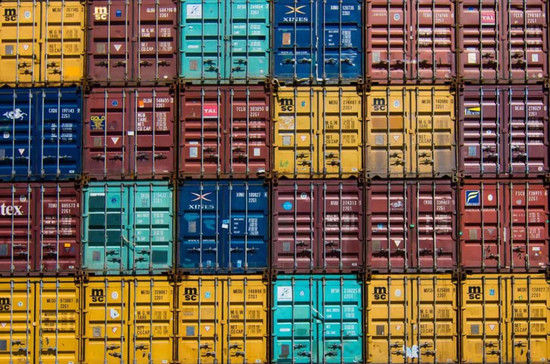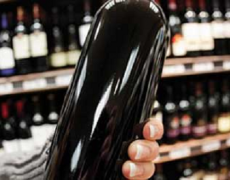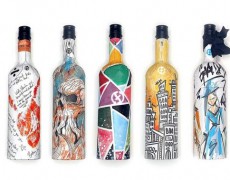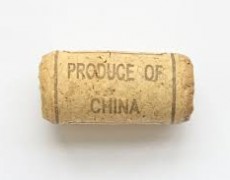By Chris Mercer
14 May 2019
China plans to again raise tariffs on US wine imports as part of retaliatory levies on $60bn of US goods, in a move that has heightened concerns among American wineries over their access to the developing market.

Credit: Guillaume Bolduc / Unsplash
China said today (13 May) that it would raise import tariffs on thousands of US products, predominantly in the agriculture sector, from 1 June in retaliation for fresh US tariffs announced late last week.
Wine will be among the products targeted, confirmed the California-based Wine Institute.
It said, ‘Effective June 1, China will add another 15% tariff on US wine imports to their country. The additional 15% tariff is on top of a previous 15% tariff increase implemented in April 2018 and another 10% increase in September 2018. When compounded, the new total tax and tariff rate will be 98%.’
‘This is the third Chinese tariff increase on US wine in the past 14 months, and with each additional round, it becomes more and more difficult to compete in the fastest-growing wine market in the world,’ said Robert Koch, president and CEO of Wine Institute.
He said that the California brand remained strong in China, but he warned of ‘long-term market loss’ if the dispute between the US and China is not resolved.
Some producers have already been hit hard following China’s tariff rises on US wines in 2018.
US wine exports to China sank by nearly 25% in value in 2018, to $59.3m, with volumes down 13% – although China remained the fifth largest destination for US wines by value, according to figures from the Wine Institute.
Michael Honig, of Honig Vineyard and Winery, told Decanter.com late last week, ‘Honig’s sales to China have dropped from hundred[s] of cases to zero.’
There is a concern that US wineries could fall behind in the race to supply China’s growing middle class.
‘We are not only losing today, but will have a hard time gaining sales back as other parts of the wine world take our store and restaurant placements,’ said Honig.
Australia is one country poised to capitalise after China eliminated tariffs on Australian wines in January 2019 as part of a free trade deal between the two nations.
‘Australia and Chile have preferential trade agreements that increase market access in China relative to other key suppliers,’ wrote two academics in an article on wine supply for the US Agricultural and Applied Economics Association’s Choices magazine in late 2018.
‘The United States now faces the largest trade barrier for wine exports to China,’ said assistant professor Amanda Countryman and professor Andrew Muhammad, of Colorado State University and the University of Tennessee respectively.
They said that US wineries’ best chance of being competitive was to push a quality message.
The Wine Institute said in April this year that some of the $129.8m of US wines exported to Hong Kong in 2018 ‘are being re-exported to other countries and regions, including Mainland China’.
Updated at 18:55 UK time with Wine Institute comments
Translated by Robert Cao














